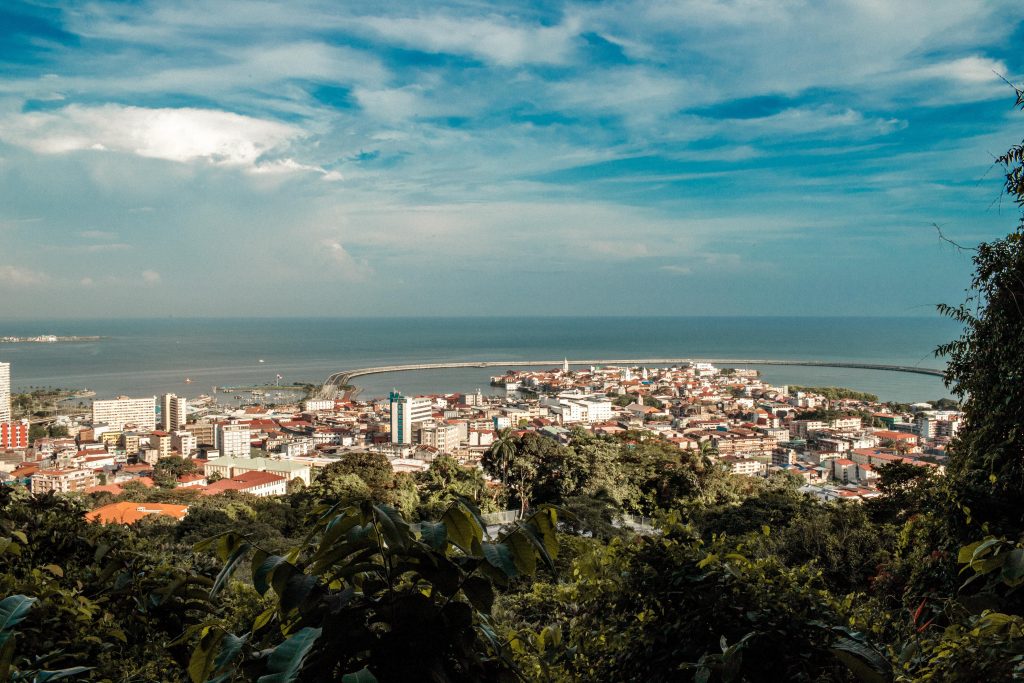Doing Business in Panama
Panama’s potential
Due to its central location, excellent connections and favorable business climate, Panama has been dubbed the ‘Hub of the Americas’. The country on the isthmus is a regional trade, logistics and financial center that has attracted many Dutch businesses. Companies such as Philips, Van Oord, Boskalis and Unilever have their regional head office here. But also many small companies are successful in Panama.
The country ranks as the fastest growing economy in Latin America with growth rates above 5% every year for the past decade (up till 2017). In addition, it also has the highest GDP per capita (PPP) of Latin America. Inflation and unemployment rates are the lowest of the region.
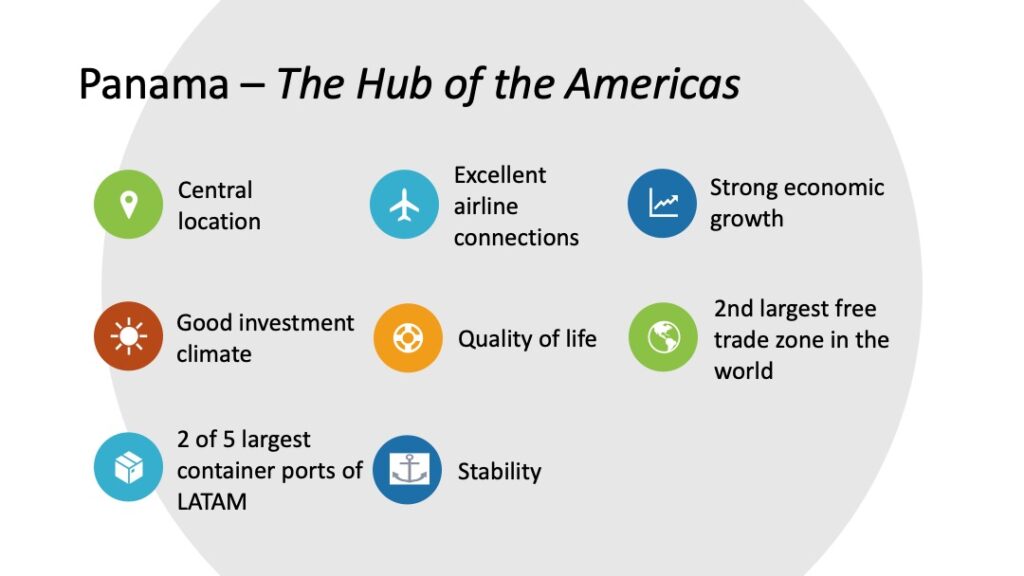
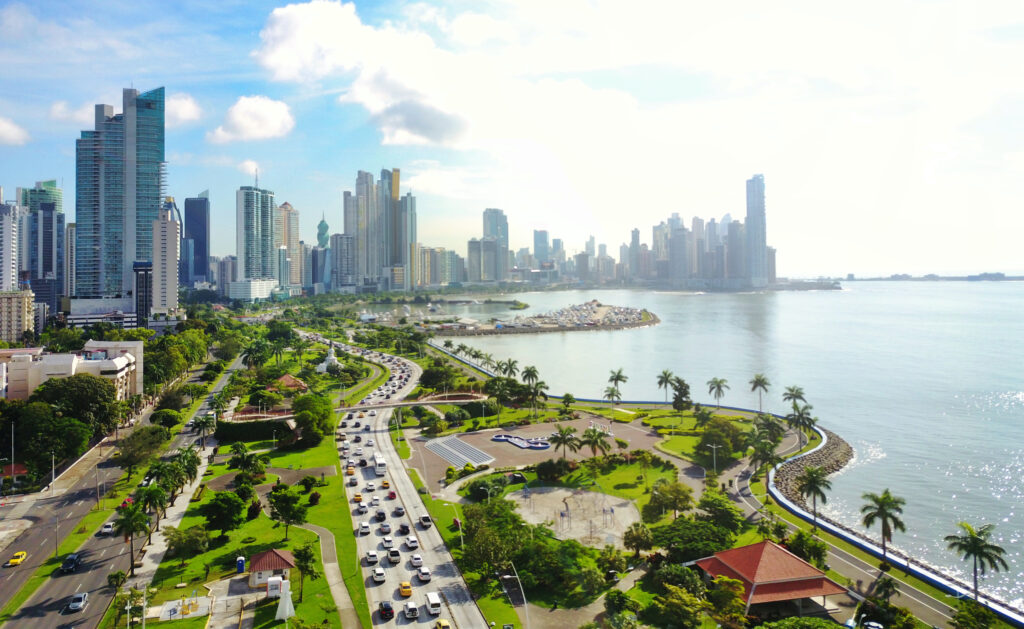
Basic Economic Data
| PANAMA | |||||
| 2019 | 2020 | 2021 | 2022* | 2023* | |
| Population (million people) | 4.2 | 4.2 | 4.2 | 4.3 | 4.3 |
| Total GDP (cur. prices, billion USD) | 66.78 | 52.93 | 60.12 | 64.36 | 68.93 |
| GDP growth (constant, % change) | 3.0 | -17.9 | 11.9 | 7.8 | 5 |
| GDP p. head (current prices, USD) | 15,830 | 12,373 | 13,861 | 14,643 | 15,481 |
| GDP per head (PPP, int. dollars) | 32,973 | 26,998 | 30,889 | 32,886 | 34,896 |
| Inflation (%) | 0.35 | -1.5 | -1.4 | 1.9 | 2 |
| Currrent account balance % of GDP | -4.9 | -2.3 | -3.6 | -3.4 | -3.2 |
| Unemployment % | 7.07 | 18.5 | 10.1 | 9.1 | 8.8 |
| General gross government debt (% of GDP) | 29.1 | 43.4 | 45.6 | 46.5 | 46.4 |
| Source: IMF – World Economic Outlook Database, October 2021 & The World Bank – Global Economic Prospects January 2022.
* Estimated data |
|||||

Economic Profile
The economy of Panama is based mainly on the services sector, which comprises almost 70% of Panama’s GDP. Services include transport (the Panama-Canal, the goverment’s most important revenue source), banking, commerce, the Colon Free Trade Zone, insurance, container ports, flagship registry and tourism.
The next largest sector is industry (29,2% of GDP) which is not very developed. The biggest chunk is related to mining. The country has the 9th largest copper ore reserve in the world, as well as large reserves of gold, manganese, and iron. Other large industrial activities are agroindustry, textiles, petroleum products, chemicals, paper and paper products.
Finally, the agriculture sector that forms only a 2,2% of GDP but employs 14% of the labour force. Panama produces mainly bananas and different watermelons, pineapples, different kinds of vegetables, maize, sugarcane, rice, coffee, cocoa beans, potatoes, coconuts, soybeans, timber, livestock and shrimp.
Panama’s economy is a fully dollarized with the US dollar being legal tender in the country (same value as the national currency Balboa). Unlike many other Latin-American economies, Panama is a high-income economy.
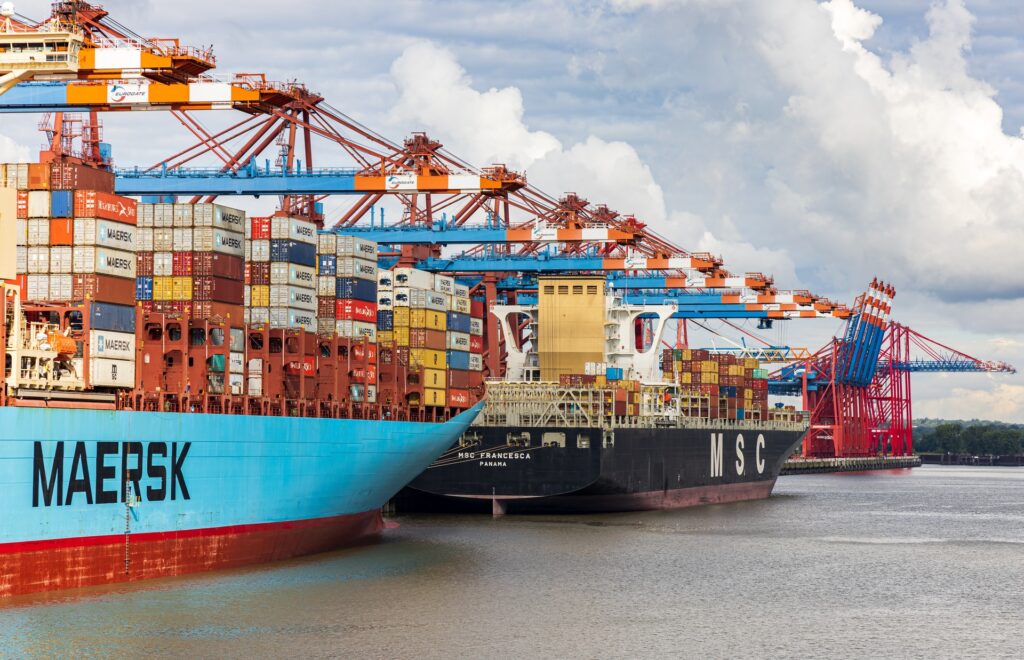
Promising sectors & business opportunities
Holland House Panama regards the following sectors as promising in Panama in terms of business opportunities: Maritime, Logistics, Resilient cities (water, waste, circular economy, mobility), Agriculture, Smart & Sustainable Tourism & the Tech sector.
The Netherlands Embassy in Panama-City & others have published a number of market & sector reports related to these sectors:
- Waste Management in Latin America 2020
- Digitalization in Ports in Latin America 2020
- Maritime & Logistics report Panama 2020
- Circular Economy in Panama 2020
- Aviation sector in Panama 2020
- Water Sector in Panama 2018
- Agriculture in Panama 2018
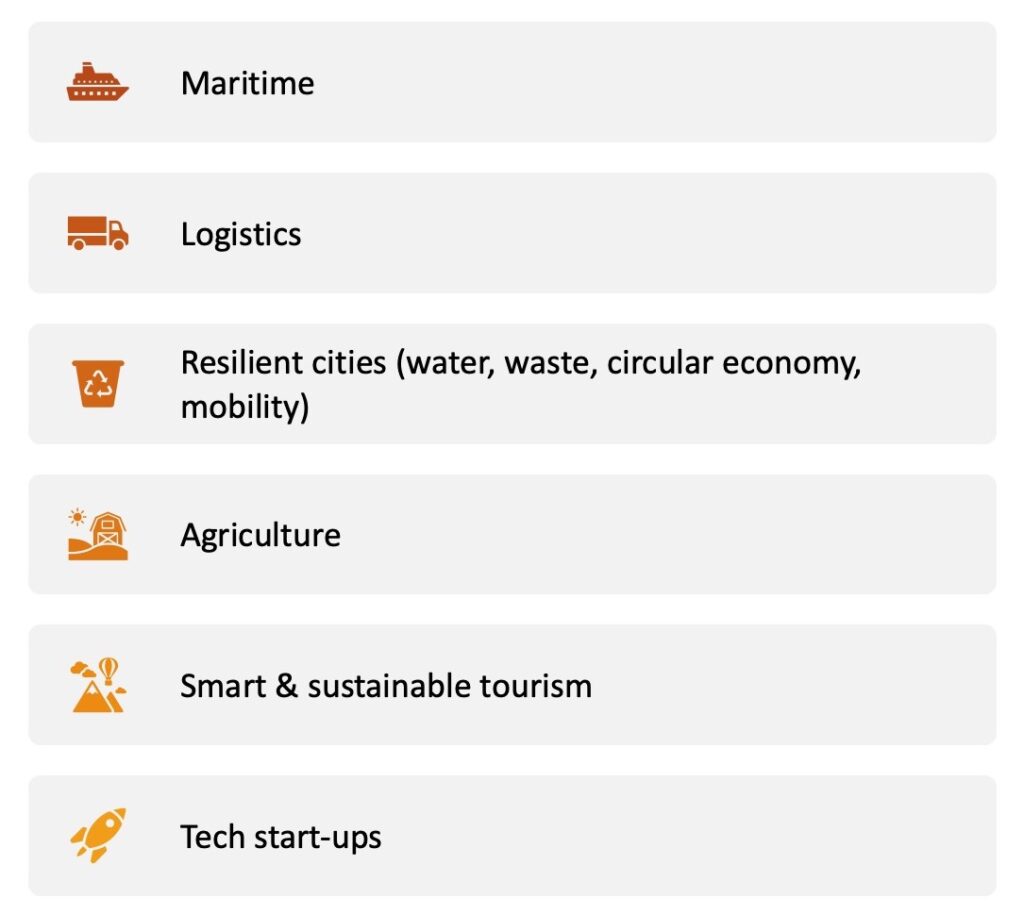
Ease of Doing Business
Panama ranks 86th out of 190 countries in “Ease of Doing Business”, according to the Doing Business report 2020 of The World Bank. Areas for improvement are paying taxes, enforcing contracts and resolving insolvency. In the ease of “Starting a Business” Panama ranks 51 which is the highest score in Latin-America.
Setting up a business
Foreign companies usually set-up a “Sociedad Anonima” (corporation limited by shares) in Panama. For the registration of a company there are seven procedures that must be completed. In general, this takes about 6 working days and the related costs are around USD 600 (excluding legal fees) and increases if the company registers more capital stock. There are no initial capital requirements.
